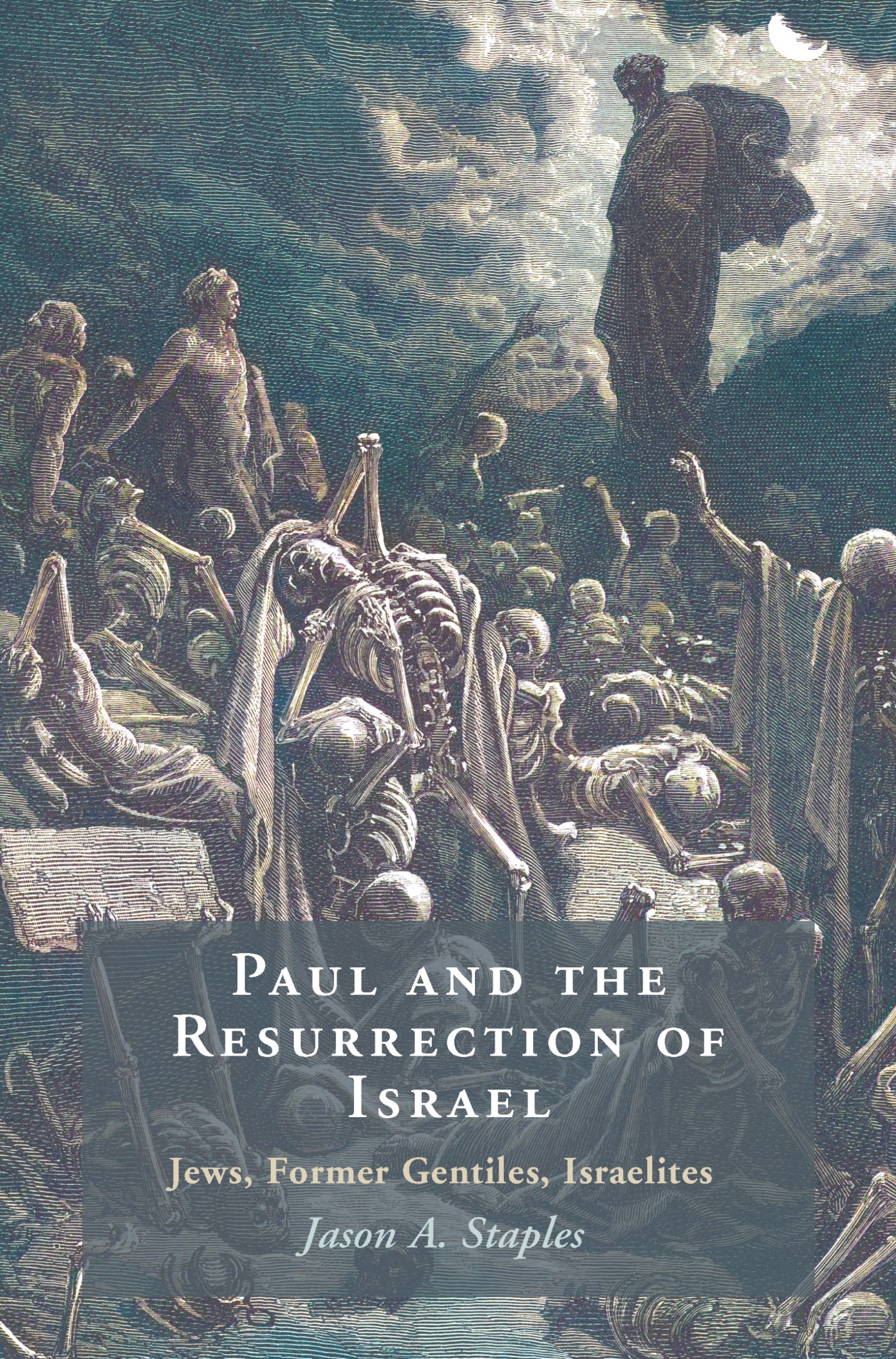A good post over at the TCoJC blog compiles a list of quotations on eschatology from the church fathers. Unfortunately, the quotes are not in chronological order, but it is an interesting read nonetheless.
(Missing from the list are the numerous quotes from church fathers talking about the pre-tribulation rapture and all the horrible events of the Great Tribulation that will precede the second coming—you know, all the stuff Tim Lahaye, Hal Lindsey, etc. have made large amounts of money talking about. Oh wait, never mind—that’s because these teachings didn’t exist in early Christianity.)
One notable feature that does consistently reappear is the notion of the Parousia occurring at the end of 6000 years, meaning the “Day of the Lord” would be the “seventh day,” a Sabbath day of rest, interpreting the six days of creation as a roadmap of human history. (It is worth noting that the church fathers tended to interpret Genesis 1 in this manner rather than taking it as a literal account of the creation of the world.) Obviously the various calculations about when this 6000 year period ends differ across the quotations, but that idea does seem to have been a consistent element in early Christianity. I’ve been wanting to do a note or short article on that notion (which I think can be traced at least to the early second century) for some time. There are a couple more early witnesses that connect with this idea.
2 Peter 3:7–9 But by the same word the present heavens and earth are being reserved for fire, kept for the day of judgment and destruction of the ungodly. But, dear friends, don’t let this one thing escape your notice: that with the Lord one day is like a thousand years, and a thousand years like one day. The Lord is not slow about His promise—as some consider slowness—but is patient toward you, not wanting anyone to perish but wanting all to come to repentance.
Avodah Zarah 9a “The Tanna debe Eliyahu [the early teaching from Elijah] taught: The world is to exist six thousand years; the first two thousand years are to be void; the next two thousand years are the period of the Torah; and the following two thousand years are the period of the Messiah. Through our many sins, a number of these [the days of the Messiah] have already passed [but the Messiah has not yet come]. [The passage then turns to mathematical calculations as to when the two thousand years of Torah should be considered to have started and when the Messiah was to have come.]
b. Sanhedrin 97a–b “R. Kattina said: Six thousand years shall the world exist, and one [thousand, the seventh], it shall be desolate, as it is written, ‘And the Lord alone shall be exalted in that day’ [Isa 2:2]. Abaye said: It will be desolate two [thousand], as it is said, ‘After two days will he revive us: in the third day he will raise us up, and we shall live in his sight’ [Hos 6:2].
It has been taught in accord with R. Kattina: Just as the seventh year is one year of release in seven, so is the world: one thousand years out of seven shall be fallow, as it is written, ‘And the Lord alone shall be exalted in that day’; and it is further said, ‘A Psalm and song for the Sabbath day’ [Ps 92:1], meaning the day that is altogether Sabbath—and it is also said, ‘For a thousand years in thy sight are but as yesterday when it is past’ [Ps 90:4].
The Tanna debe Eliyyahu teaches: The world is to exist six thousand years. In the first two thousand there was desolation; two thousand years the Torah flourished; and the next two thousand years is the Messianic era, but through our many iniquities all these years [of the Messiah] have been lost.
[The passage continues with much speculation about the Messiah and the timing and manner of his coming, including (as is common in Talmud) all sorts of contradictory views and traditions.]
The Jewish sources are obviously late, but each references an earlier teaching (the Tanna debe Eliyahu, though not finalized until the 10th Century, supposedly goes back to a 3rd Century sage, who was supposed to have received it from Elijah) about the 7000 year scheme, including the final “day of the Lord.” One has to be very cautious in applying Rabbinic sources to an earlier time, but I think the confluence of early Christian material, tracing from 2 Peter through Ep. Barnabas and numerous church fathers, when combined with the Rabbinic evidence, suggests that this timetable was a very early Christian teaching, dating to the first decade of the second century at the very latest.


3 Comments. Leave new
You're right. I've noticed that the early Christians really loved that six-days of creation = 6000 years thing. Thanks for pointing out some Jewish sources.
By the way, do you know of any good studies about this topic?
I actually don't. I've done some preliminary digging and didn't find all that much. That's one reason that I've been thinking about putting together a short piece on it.
It seems like so much focus has gone towards showing that the early Christians thought Jesus was coming back right away that there hasn't been as much attention to this sort of thing.
Anyone else out there know of any decent studies?
Journalist/historian Dave MacPherson, who has focused on the pretrib rapture origin for 40 years, has many web articles including “Famous Rapture Watchers” and “Famous Rapture Watchers – Addendum.” These cover many leading Christians from the 1st century to the present. His most shocking Google article is probably “Pretrib Rapture Dishonesty.” Lord bless. Barbara